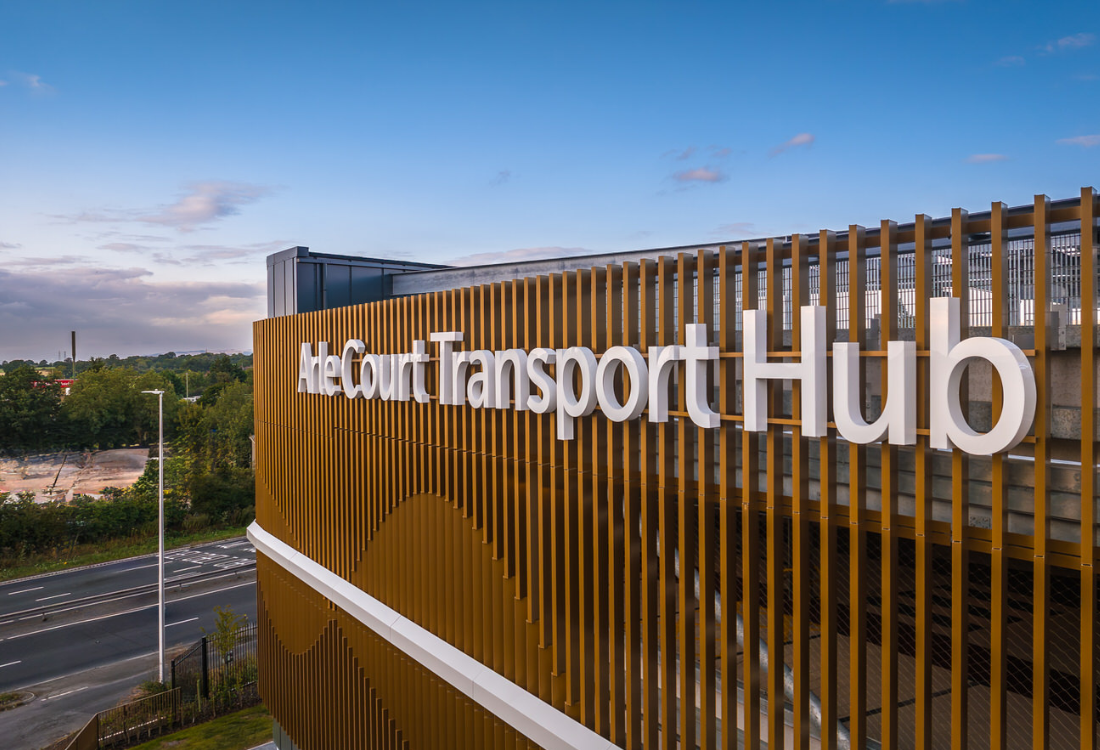Our Blog

Business signage plays a pivotal role in brand visibility and customer engagement. However, in many British towns and cities, strict legal regulations govern the use of signage to ensure a balanced and safe environment. Understanding these legal requirements is crucial for businesses to maintain compliance and avoid potential penalties. This article explores the main aspects of UK signage laws, from planning permissions to general conditions, exemptions, and specific rules for limited companies.
Planning permissions for business signage
Planning permission is a fundamental aspect of UK signage laws. Many types of business signage require approval from local planning authorities to ensure they comply with regulations. For example, these signage categories all require planning permission:
- Illuminated signs: Any signage with lighting, especially those that could distract drivers, frequently requires planning permission.
- Large signs: Fascia signs or projecting signs with a top edge higher than 4.6 metres from the ground typically require consent.
- Posters: All posters, irrespective of their size or placement, necessitate permission.
- Conservation areas: Businesses located in conservation areas must meet stricter criteria to preserve the visual integrity of the region.
Are any outdoor signs exempt from planning permission?
Some are, yes. While many signage types fall under strict regulations, some do not require formal Local Authority approval if certain conditions are met. Examples include:
- Temporary notices: Signs under 0.6 square metres, such as those advertising local events, can be displayed without permission. What constitutes ‘temporary’, we hear you ask? This can vary from one local authority to another. However, a temporary sign is typically time-limited to serve a specific purpose, such as a campaign, local event, or project, lasting weeks or months at most.
- Transport signage: Ads shown on moving vehicles are generally exempt from planning regulations, but it’s worth checking if you’re unsure.
- Internal signage: Signage inside business premises, such as retail floors and offices, is not subject to external planning laws.
General conditions for business signage
All business signage in the UK, whether exempt from formal planning permission or not, must adhere to five standard conditions or best practices. These requirements ensure legal and community standards are consistently maintained:
- Cleanliness: Signs must be kept clean to maintain visual appeal.
- Safety: Regular maintenance is vital to prevent risks such as falling signage.
- Landowner consent: Permission is required from the property owner where the signage is displayed. On public highways, approval from the highway authority is also mandatory.
- Visibility of official signs: Business signs must not obscure or distract from official road, rail, or waterway signs.
- Timely removal: Signage must be taken down if requested by the relevant planning authority.
Failure to comply with these conditions could result in fines or enforced removal of the signage. You may also face fines levied by your local authority. To avoid these issues, it’s essential to research local regulations thoroughly and, when necessary, seek guidance from an experienced sign installation professional, such as Image Technique.
For further clarity, refer to government resources such as the planning portal or consult your local authority to ensure your signage aligns with local regulations.
Find out more
For more information about the legal requirements of running outdoor business signage, please contact one of the experienced team members at Image Technique today by clicking here.



